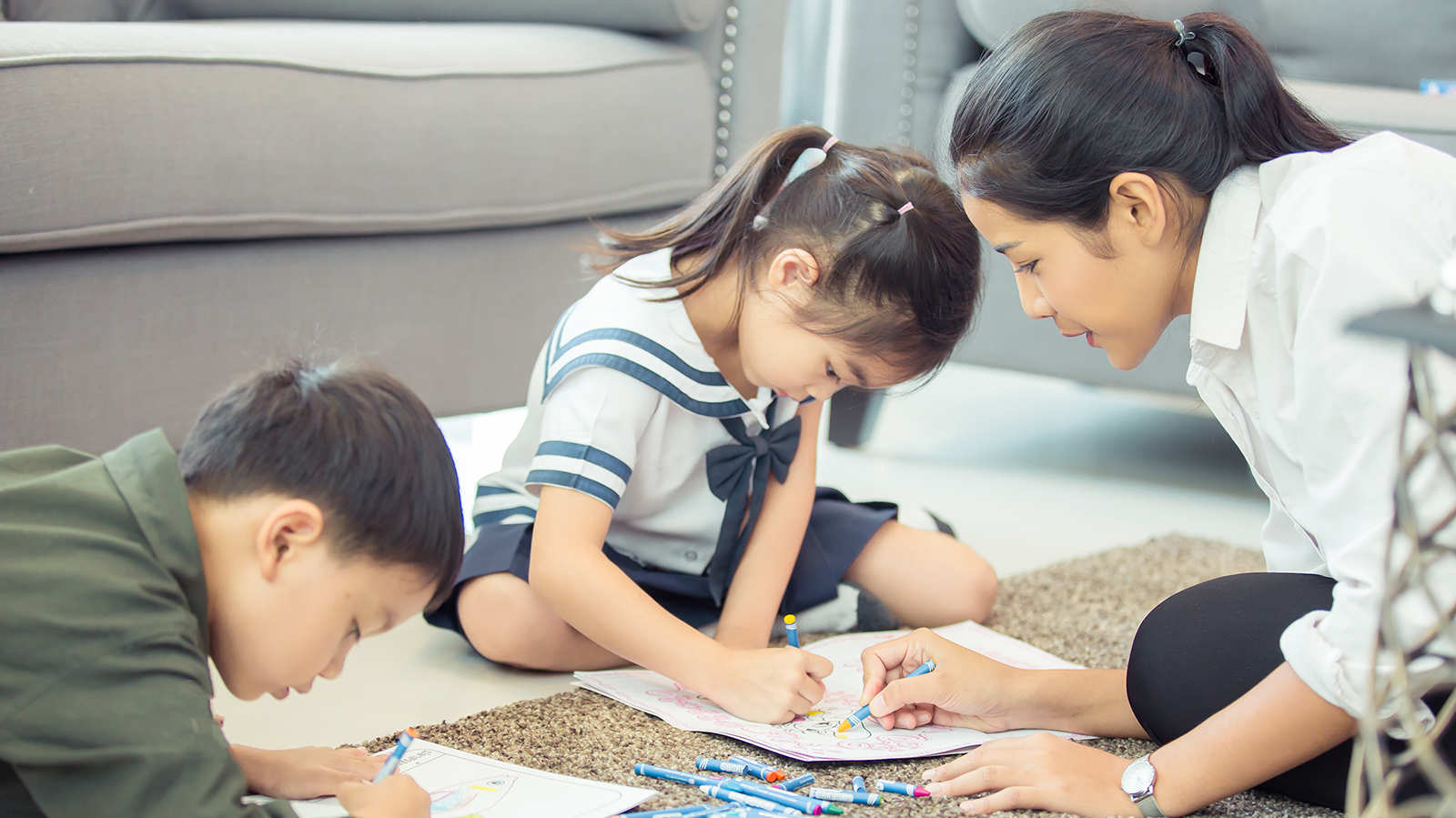When Brenda Tan, author of Come Into My World: 31 Stories of Autism in Singapore, was invited to Ngee Ann Polytechnic (NP) to share her experiences as a mother of an autistic child in 2013, she was asked by a student on what they could do to help families of children with autism.
“Come teach our children,” replied Tan, 46.
That piqued the interest of NP lecturer Juliet Choo, 46, who thought it would be good for her students to get some hands-on experience working with children with autism spectrum disorder (ASD).
That night, Tan conceptualised the first iteration of the One Child One Skill (OCOS) programme, which took off in September 2013.
Now on its 11th run at NP, the programme has seen more than 520 student volunteers working with over 200 children with ASD.
Other stories you might like
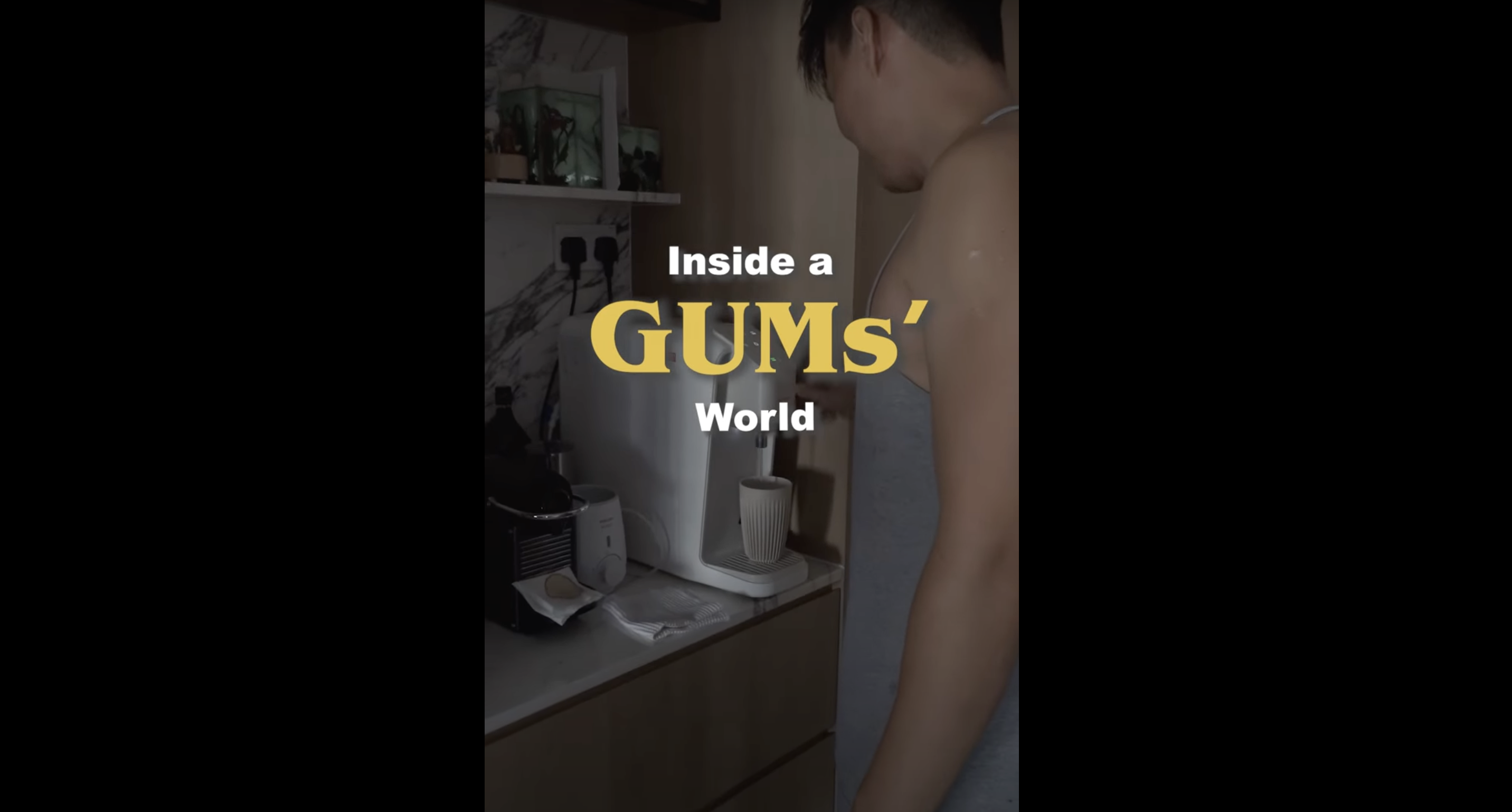
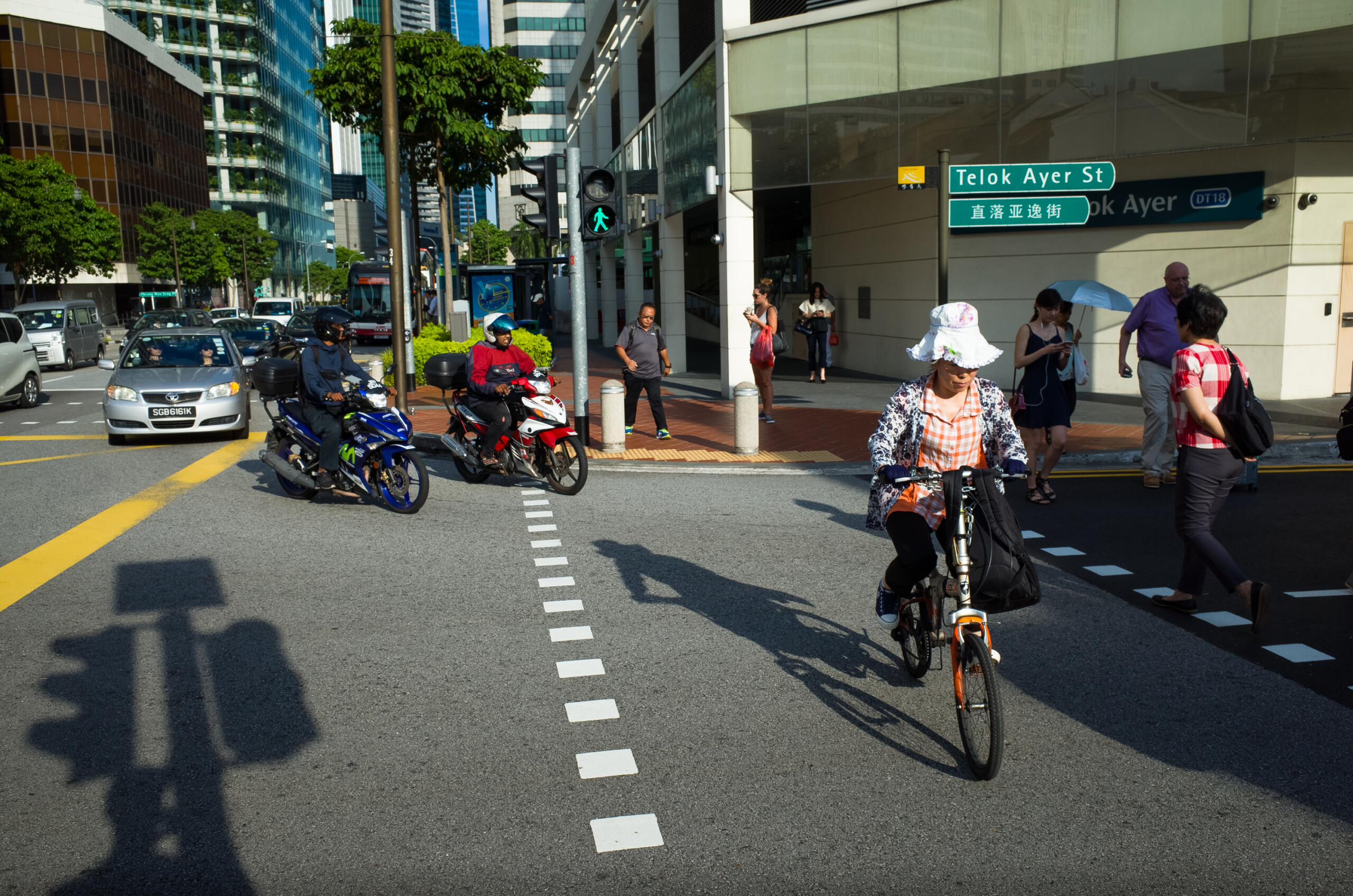
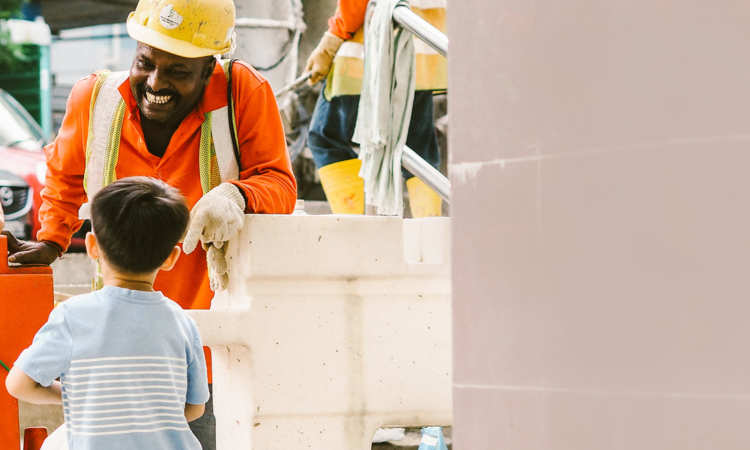
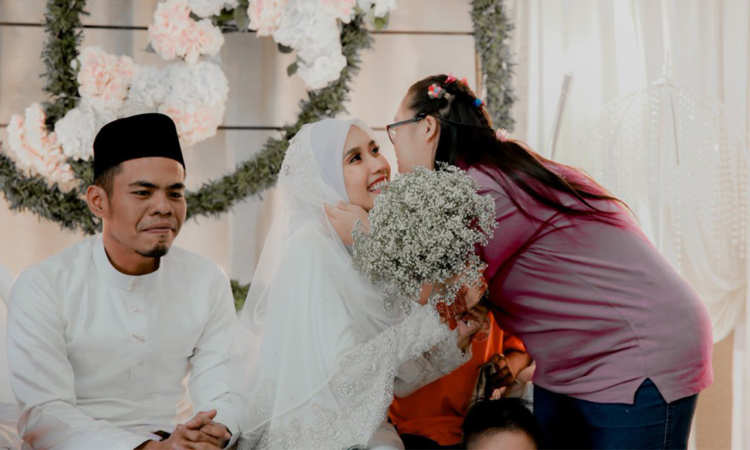
Children with ASD display mild social awkwardness to a severe inability to communicate or interact socially. Quite often, it is a silent disorder many see only during a meltdown.
The programme paired two students with a family of a child with ASD for a weekly two-hour session over eight weeks with the goal of teaching a skill such as cycling or playing with others.
Speaking to the Pride, Choo explained: “Students have the opportunity to enter into a world of a family of a child with ASD – to better understand that each child on the spectrum is different and not just classified under a list of ASD characteristics.”
Another element of the programme was for the students to learn about the parents’ experiences and understand their struggles. Parents of children with ASD are often put in an uncomfortable situation when their autistic child experiences a meltdown in public.
And that was something that 19-year-old Joey Peck, a second-year student at NP’s diploma of child psychology and early education course, witnessed.
“When my partner and I first arrived, the child was already having a little bit of a meltdown. It was difficult to get him to interact with us,” said Peck. They were tasked with teaching the five-year-old child to ride a bicycle independently.
All the books and articles Peck had read in preparation for the programme did little to prepare her for the experience. She initially feared that the situation reflected badly on her and her partner, but thankfully, the parents helped them understand the nuances of the child’s behaviour.
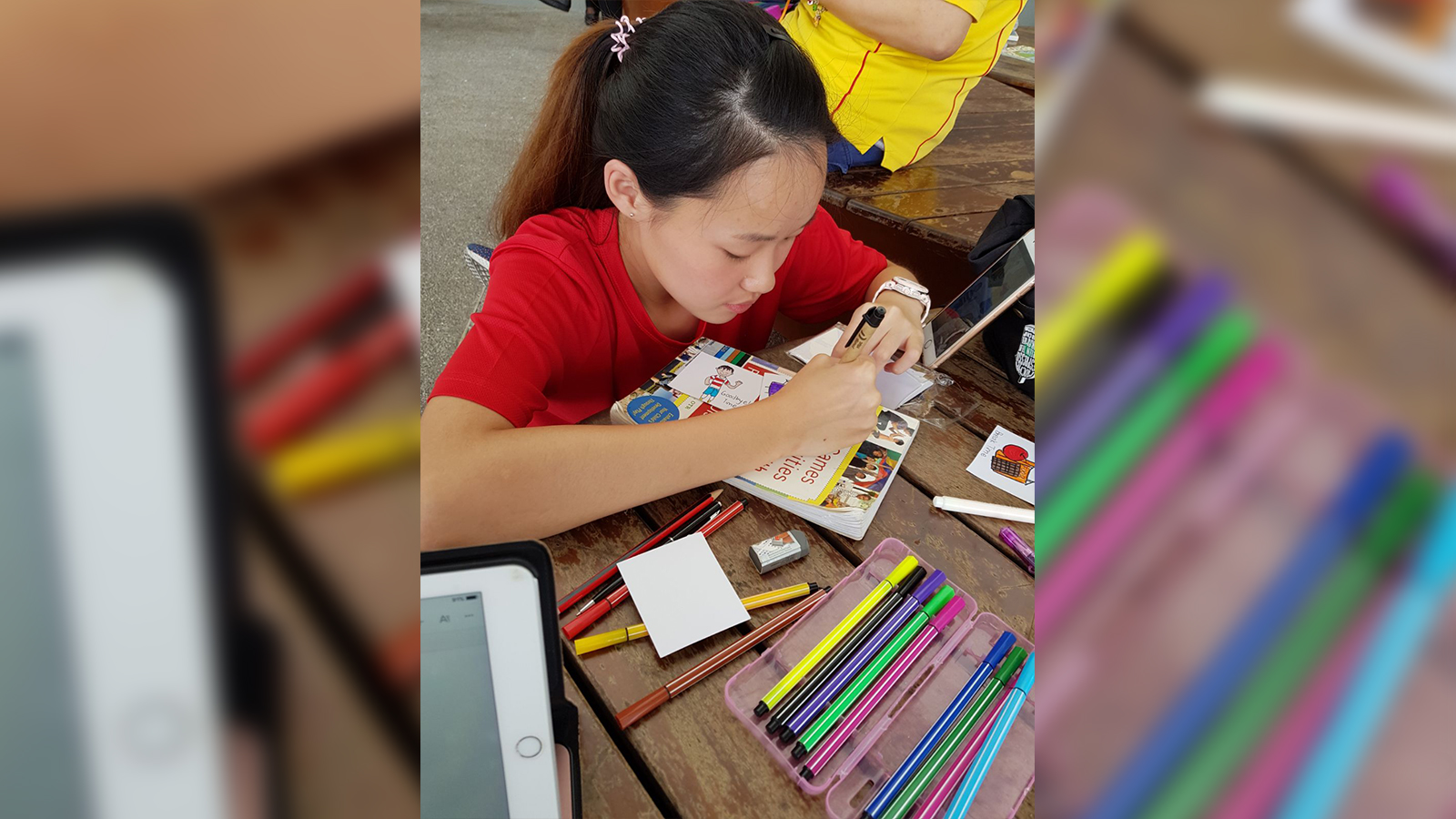
In the first three sessions, Peck and her partner tried various ways to engage with the child but to no avail. It was only during the fourth session that the child warmed up to their presence.
That left Peck and partner just four sessions to help the child cycle without assistance.
To get him comfortable with the idea of cycling, they first made him touch and feel the bicycle to familiarise himself. They learned the child’s likes and interests and incorporated it into the lesson plan.
“Some children with ASD are visual and tactile learners, so their way of learning might just be different from neurotypical children,” explained Peck. “We created a methodology for him – hands on the handlebar, feet on the pedal, and we initially helped him move his feet in a circular motion to simulate cycling and get him used to the motion.”
At the end of the eighth sessions, Peck and her partner’s perseverance paid off, as the boy managed to cycle unassisted.
Celine Kok, 19, a final-year student of NP’s child psychology and early education course, experienced difficulty in engaging an autistic four-year-old girl to learn how to draw and colour.
“We had a whole plan but needed to build rapport with the child. She was intrigued by birds, so we created a way to break the ice by asking her: ‘the bird goes?’ in which she would reply: ‘chirp’!” Kok explained.
Kok and her partner continued to engage the child by using things she was familiar with and liked. They asked the child’s mother for images and colouring tools that she was used to, and got her to colour an image that she was known to fancy. They also managed to get her to draw – by giving her an incomplete picture that she liked.
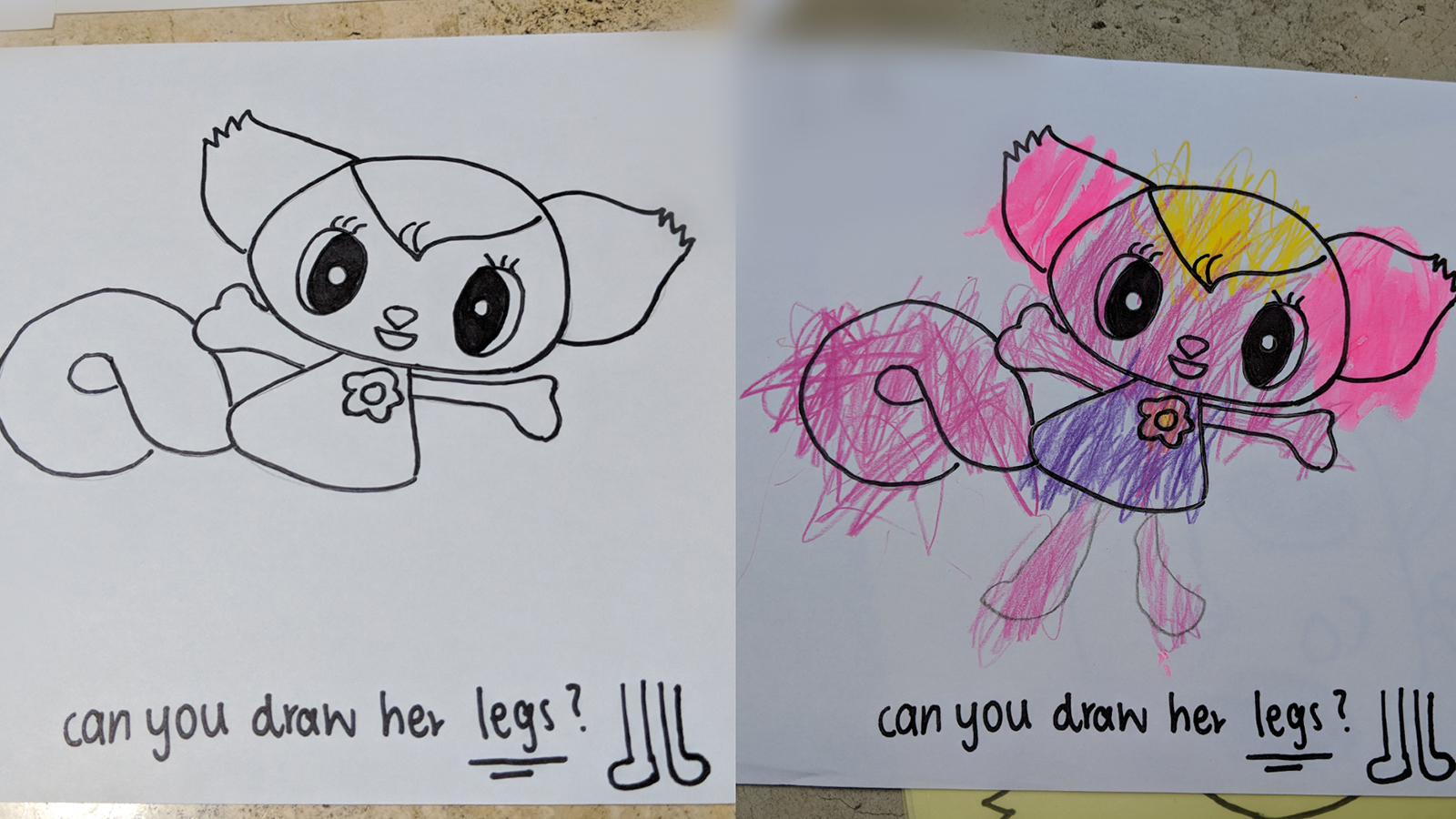
However, the seemingly innocent phrase, “be careful”, triggered a meltdown. The child’s parents think that it may be due to a traumatic experience at school.
It reminded Kok of the patience required when teaching children with autism. She began to understand how hard it was for the parents.
“I saw the parents’ everyday life and I think it can be hard for them to juggle work and raise a child on the spectrum. It’s very admirable,” said Kok.
For both students, they were grateful that the OCOS programme allowed them to experience the difficulty and joy of teaching a child with ASD.
Kok said: “It was really rewarding and heartening as the bonds we made with the child and parents are priceless and irreplaceable.”
Parents who signed up for the programme found it rewarding, too.

A mother who wishes to be known only as Sandra, said: “The programme did more than just teach my son a skill. It helped him come out of his shell, and in finding the acceptance from the student-volunteers, he is now more comfortable socially.”
Another parent, who gave her name only as Janice, said that the student-volunteers went above and beyond what was required of them in the programme: they became friends with her family, and even came back to play with her child when the eight weeks were over.
In Singapore, one in 150 children is diagnosed with ASD. Yet these children and their families are likely to face some form of discrimination, going by the results of a survey commissioned by the Lien Foundation in 2016.
The survey of 1,000 participants found that over 50 per cent of parents were uncomfortable with their child sitting next to a special needs child. And worryingly, only 8 per cent of those surveyed felt that Singaporeans were willing to put in extra effort in making a special needs child feel welcome.
NP’s programme is an important step in the right direction. Here, student-volunteers seek strategies to support the children in learning, and this affords them the opportunity to learn from the experience and adapt to the child’s circumstances.
Dr Choo, who saw the opportunity for her students to be more aware and accepting of children with autism, hopes that other tertiary institutions will kickstart similar programmes.
As for Peck, the programme provided her with an enormous takeaway.
“I learnt the importance of having a big heart and open mind when interacting with children with autism,” she explained.
With a little bit of patience, understanding, and empathy, it’s not too hard for us to speak up, sign up, and do our part to create a more inclusive society.
